The first full weekend in September (September 1-2 this year), ARK participates in IARU Region 1 Field Day, and this year was no exception. This year we went to Brettingen Fort, the same QTH as in Field Day 2016 and 2015. The main reason for not going there in 2017 was that the water supply was broken, however, LB0VG and LA2QUA fixed that and paved the way for a full weekend with all water-related conveniences.
We had 25 participants, with approximately 7 new members, eager to get to know the rest of the club and to work a lot of radio.
Though the contest starts on Saturday, we travel already on Friday in order to get a good start on Saturday and having the Friday evening off for socializing. Ensuring that all boxes were packed correctly is an important task before the time of departure.
… as is frantically searching through Knausloftet after any forgotten or missing equipment.
Balancing long antenna elements down the stairs up to ARK is a skill mainly acquired before and after Field Day.
We took the ferry across the fjord to get to Fosen.
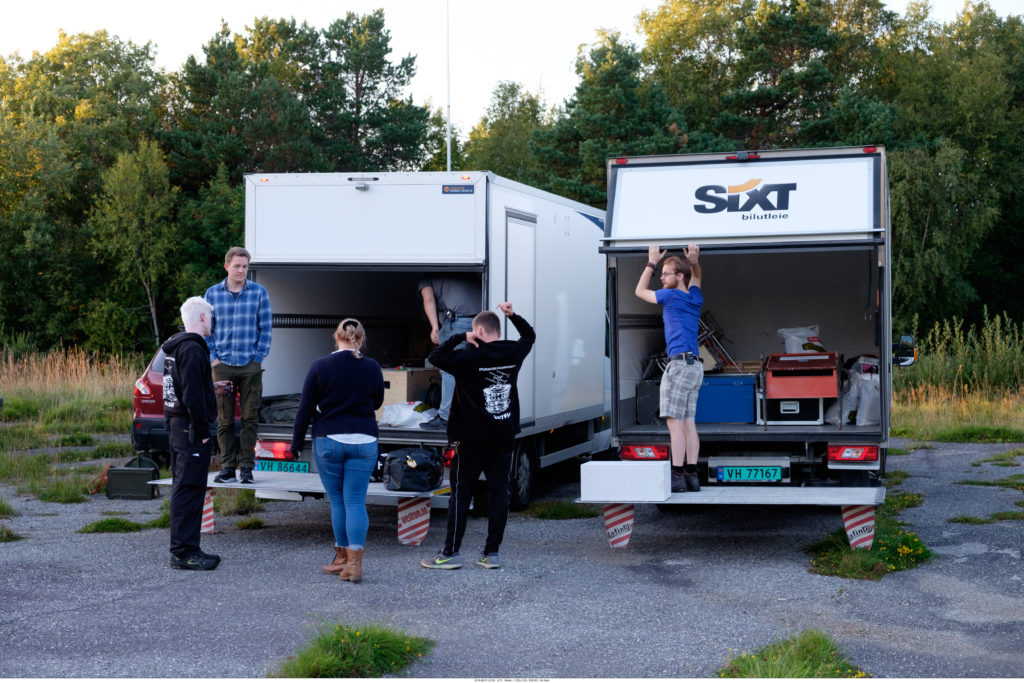
This year, in addition to our transportation vehicles, we had two cargo vans for bringing in equipment and luggage.
We also rented a generator from “Åge Aggregat”.
Field telephones were deployed. Mostly for fun, but they were also helpful in communicating between radio shacks, barracks and mess. Particularly so after 5-6 hours of antenna setup, when the average ARK-member discovers that he/she forgot to bring the spare battery for their handheld radio B).
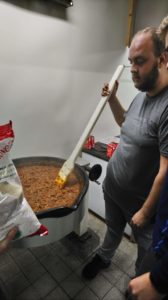
Photo: LB2BI Bent
Brettingen fort, due to being a disbanded military fort, doesn’t have much kitchen equipment left since that has been cleared out. We forgot about this, and didn’t bring any kitchen utensils. Engineering skills were put to good use, and dinner was made through clever uses of a leatherman toolkit and the existing, military-style large-scale electric cooking pot. Dinner was ready closer to midnight, and the members could get a well-deserved dinner and a good night of sleep until/into Saturday.
After said good night of sleep, rigging started early Saturday morning. The goal is to get all the antennas and radio shacks up and running before 13:00 UTC, which is when the contest starts.
One of the important antennas is the spiderbeam on 20, 15 and 10m bands (assembly shown above).
A 4O3A triplex filter was used to separate the common fed 20, 15 and 10 m bands on the spiderbeam (held by LB5DH to the upper left). This way, multiple rigs can be used to work simultaneous contacts on the same antenna. We actually almost forgot the filter. Luckily we had too little room in the cars, and Jens LB6RH had to wait for the next bus to Fosen. He discovered the oversight when he did a last check of our club locales before he ran – with the filters.
Speaking of things that were forgotten – we actually did forget to bring the mounting post for the 40 m rotary dipole nicknamed “bananaphone” (due to it’s bendy appearance – it was much more curvy before the support trusses were added after Field Day 2015). The mounting post goes between the antenna and a military-style mast we have borrowed on a couple of occasions from Røde Kors. Our solution can be seen in orange in some of the photos that follow.
- Antenna rigging during Field Day 2018.
After assembly, the bananphone is mounted on the Røde Kors-mast, which is then hoisted up. We didn’t have any photos this year of the mast at the full height, but the final installation can also be seen in the photos from last year.
A couple of texas towers, brand name for our lattice triangular masts, were assembled and put up to function as a central hub for various dipoles on the 60, 80 and 160 meter bands.
“Store-PA”, one of ARK’s custom designed PAs, was brought this year. The PA has been QRT for a long time, until LA5ZKA Olav brought it home to fix it. The original design dates back more than 40 years, so it is significantly older than Field Day’s attendees :).
After rigging and shack setup, we could finally get started with 40 m at 13:00 UTC. We weren’t fully ready for contest start, but at approximately 14:00 UTC we were working contacts on all the shacks.
We were even able to get a couple of satellite QSOs! One of the major differences between NRRL Field Day and IARU Region 1 Field Day is that there are multiple bonus points that may be acquired. Satellite contacts is one such category. Another way to bring bonus points is to arrange ARDF (amateur radio direction finding), which Frode, LB1HH, organized this year. More information regarding this will be in a separate blog post.
Food and being slightly social is also important.
Sunday afternoon it was all over, and after a well-organized down-rigging we could travel home again.
An important tradition is, now that everyone are collected in one spot and have their handheld radios easily available, to make everyone check in to QST Trøndelag.
Finally back in Trondheim again.
In the end, we were able to get a total of approximately 876 QSOs. We’ll get back to more detailed statistics later once we’ve crunched our logs.
Thanks to all the participants, and thanks to the organizers for ensuring our participation in Field Day once again!
For more photos from the event, see http://bilder.la1k.no/fd2018/. The photos in this post were all taken by LA1WUA Magne, unless otherwise specified.
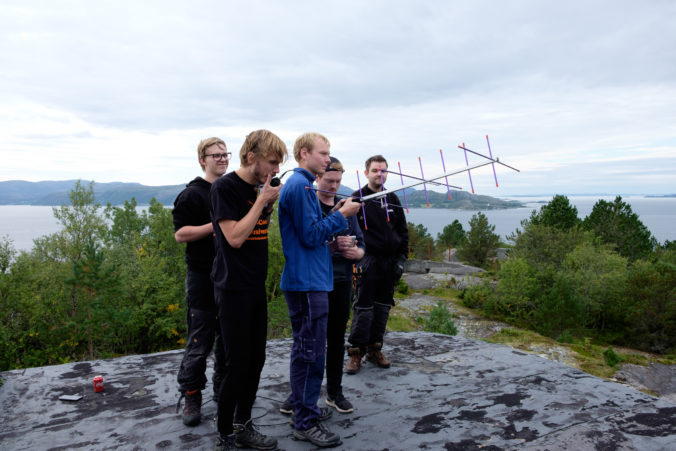

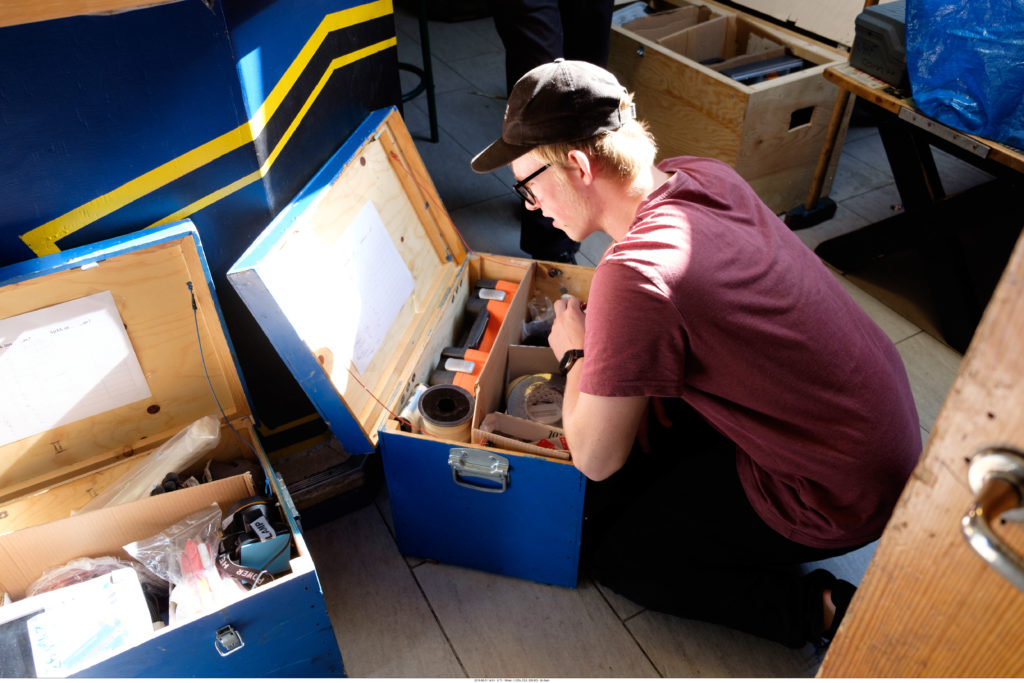
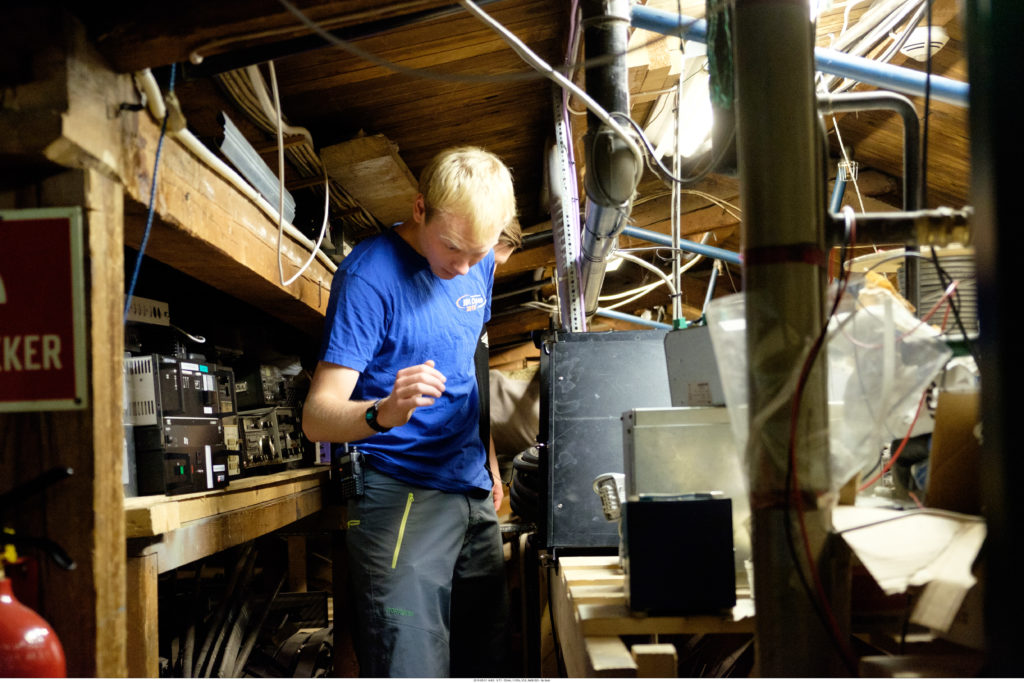
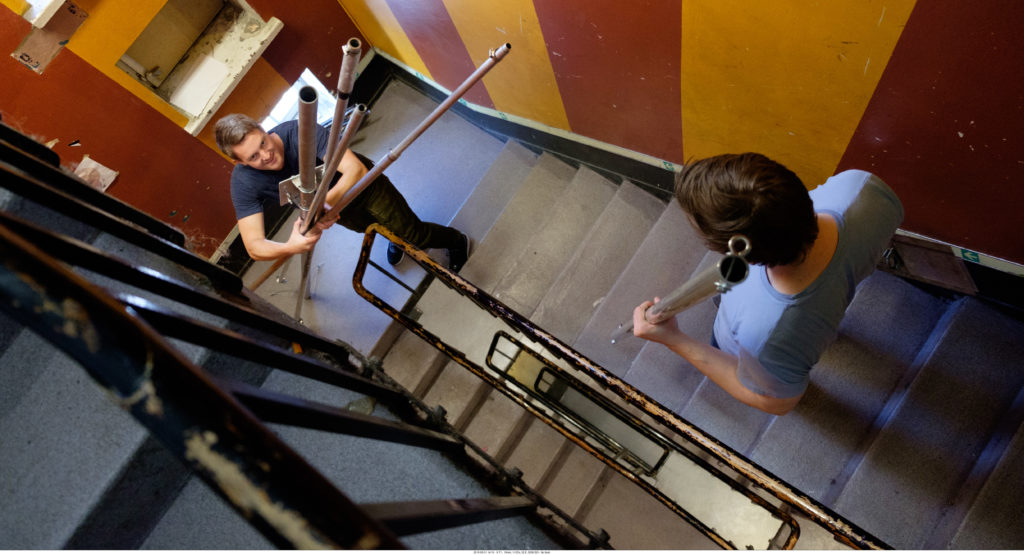
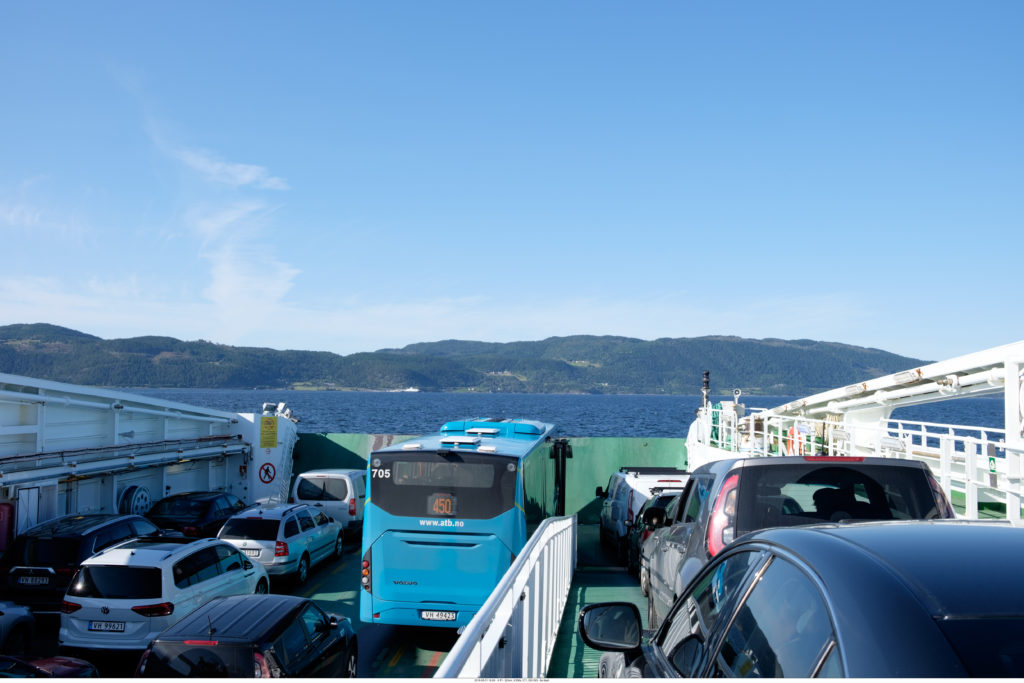
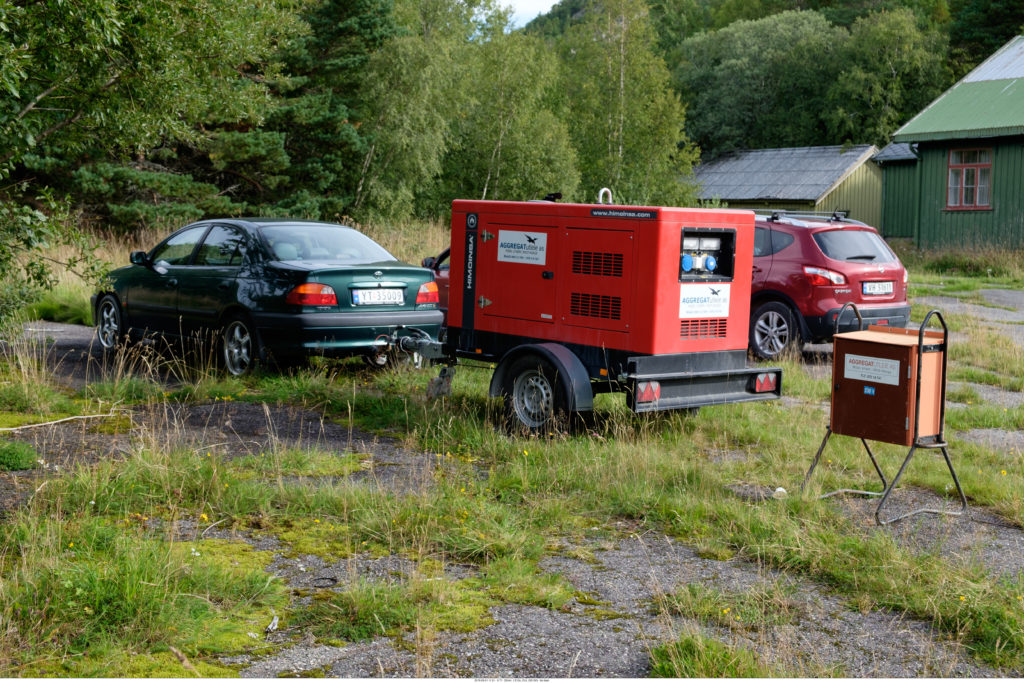
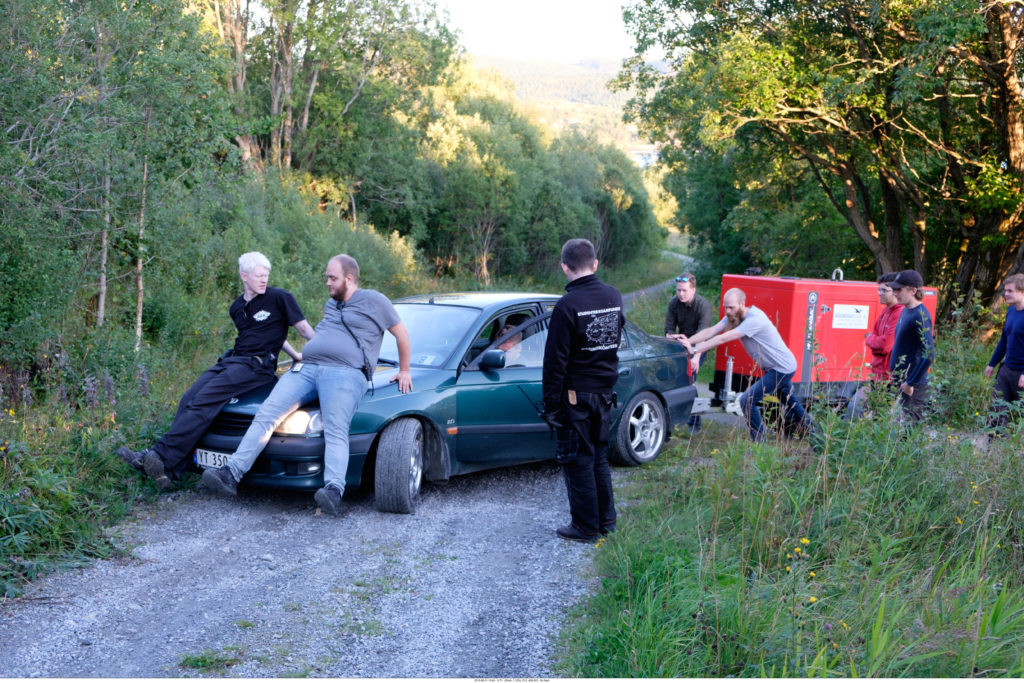
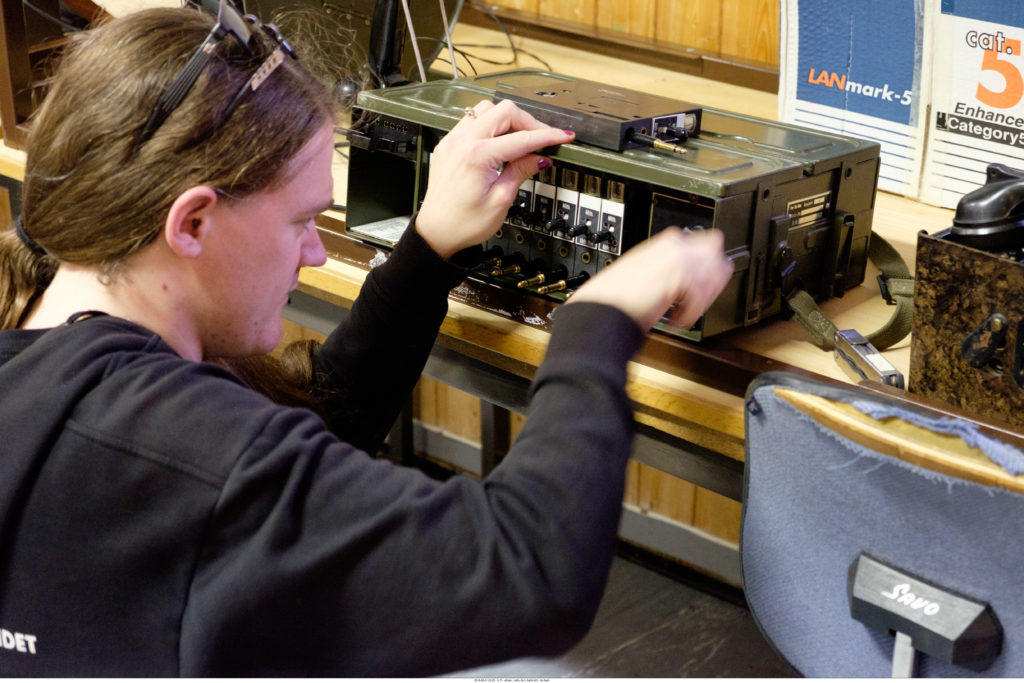
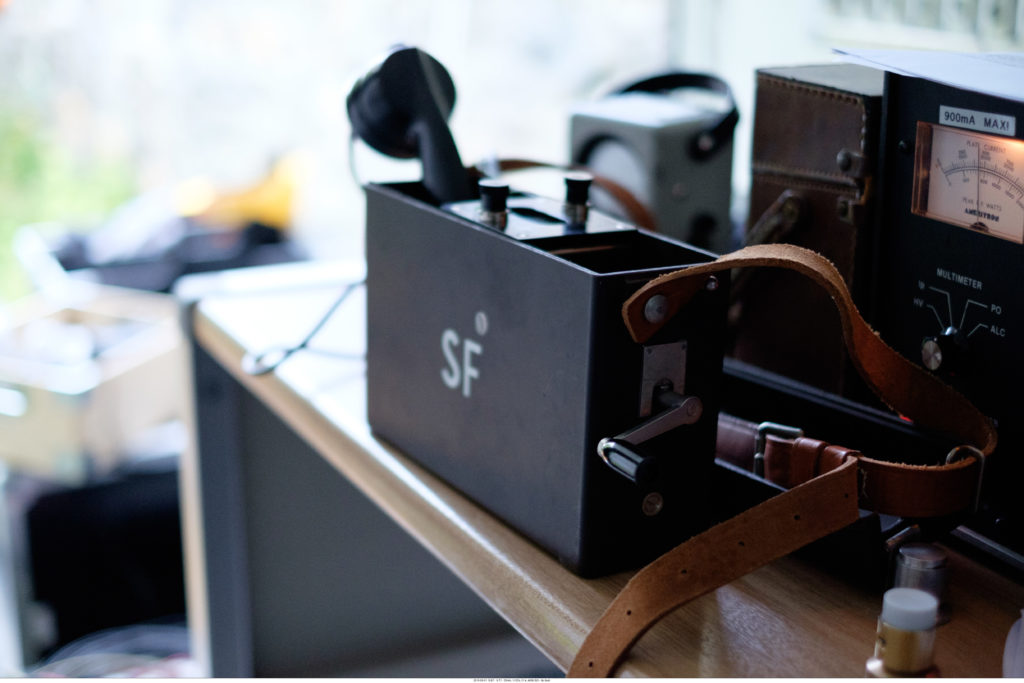
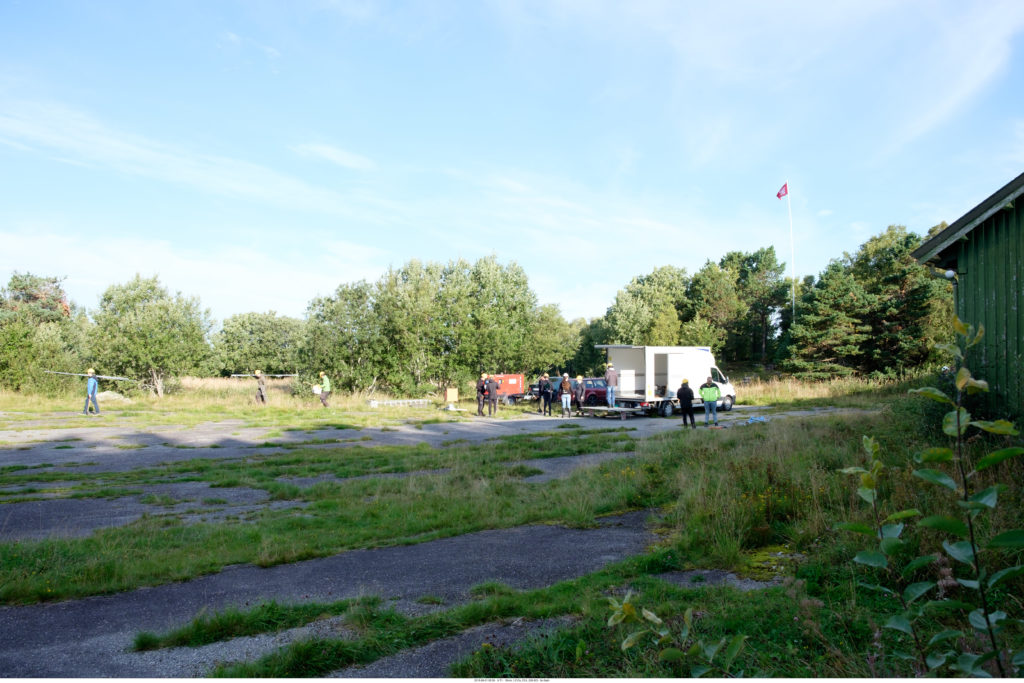
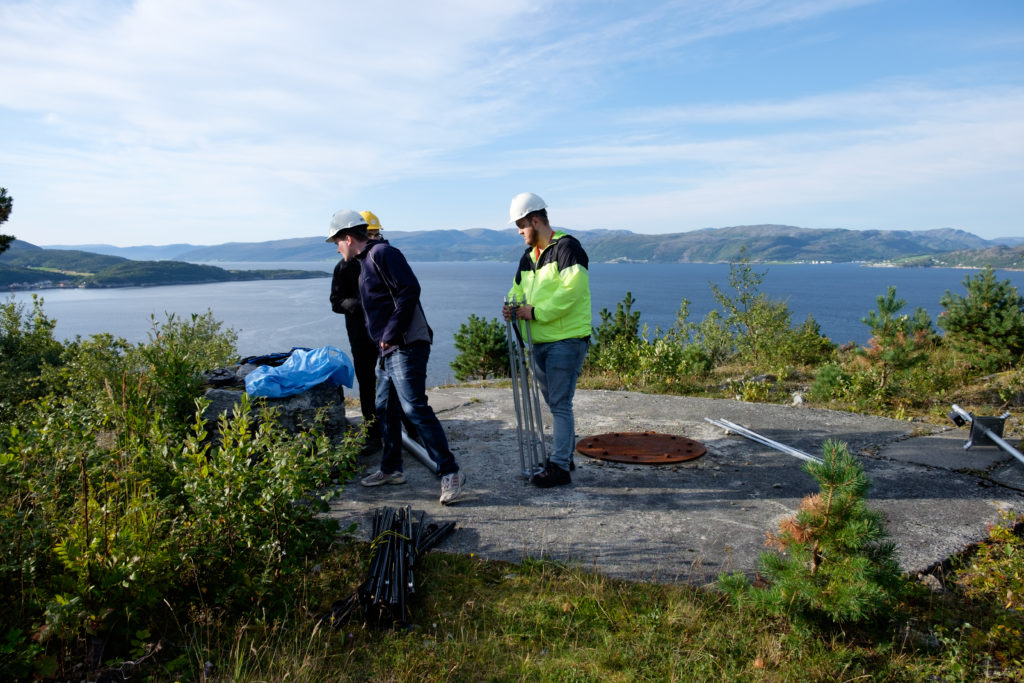
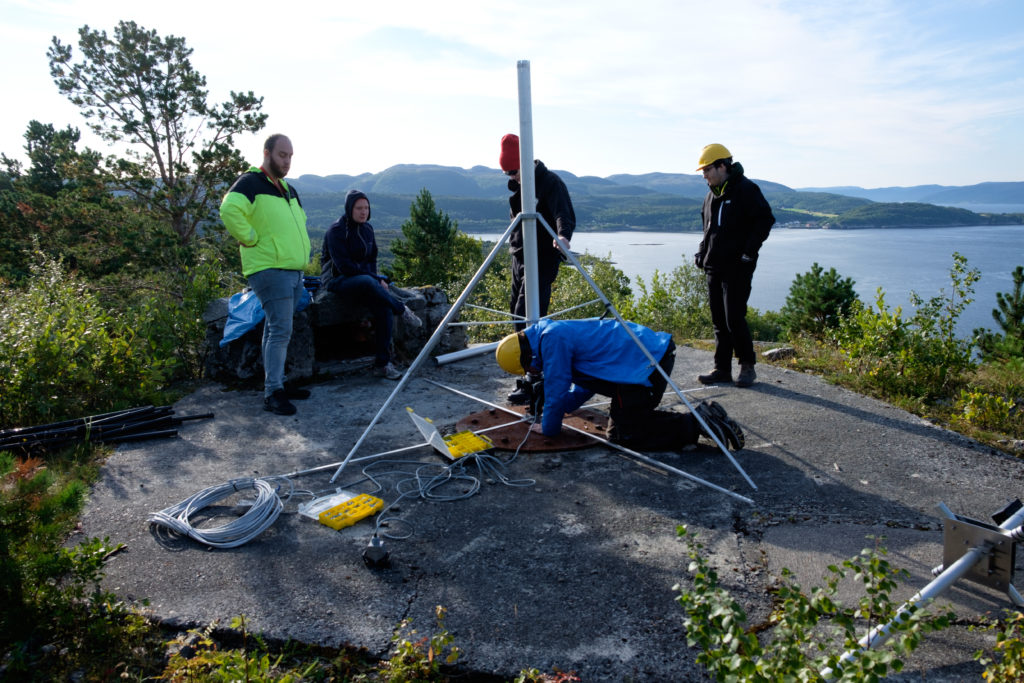
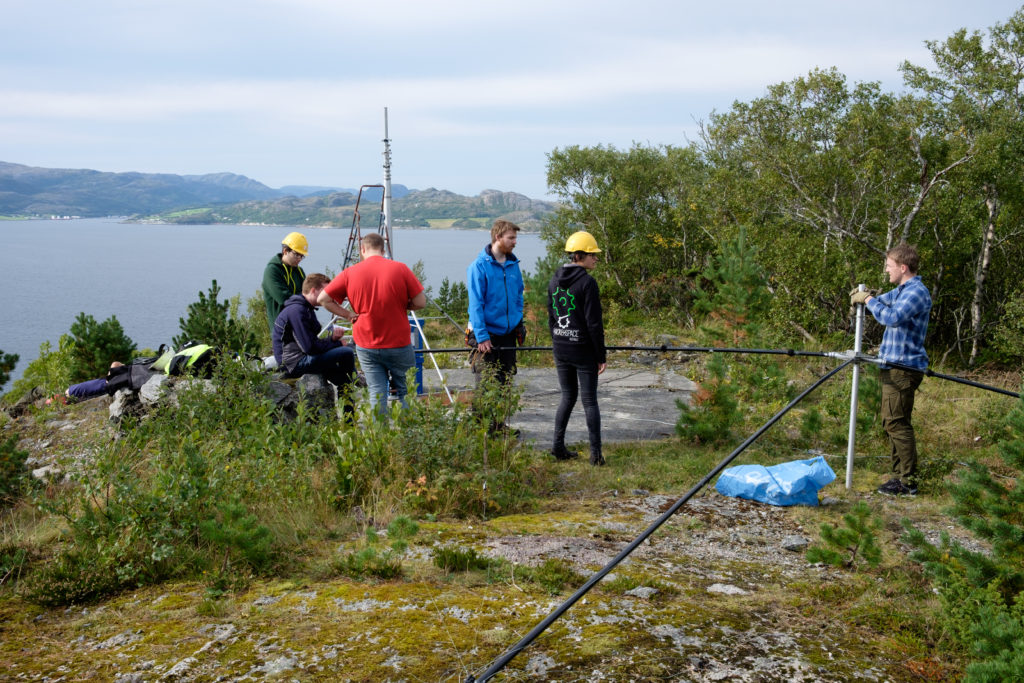
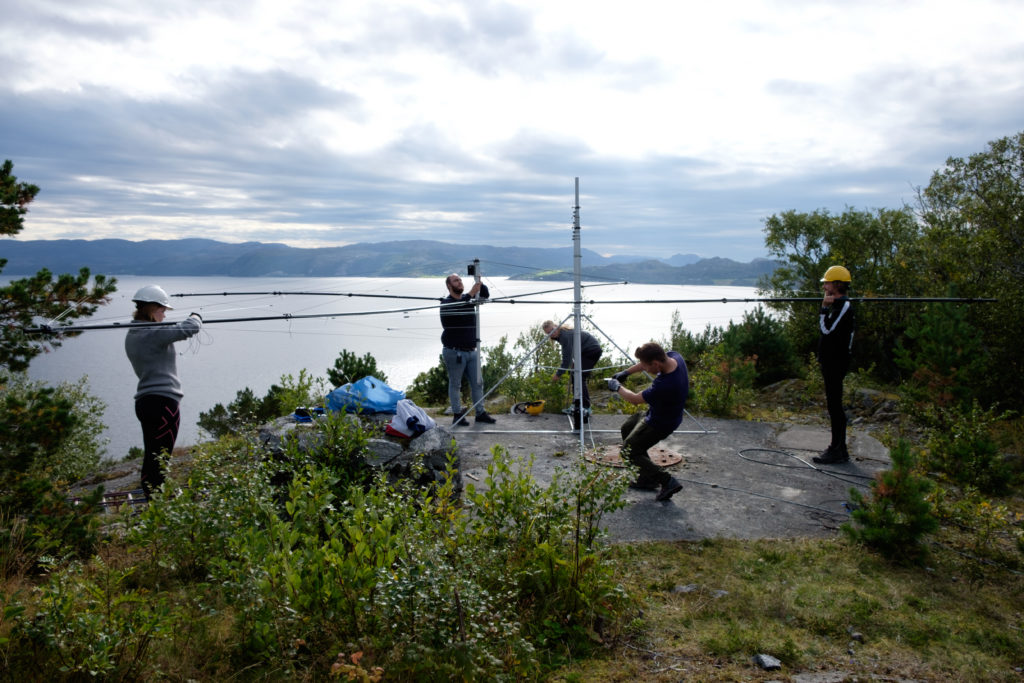
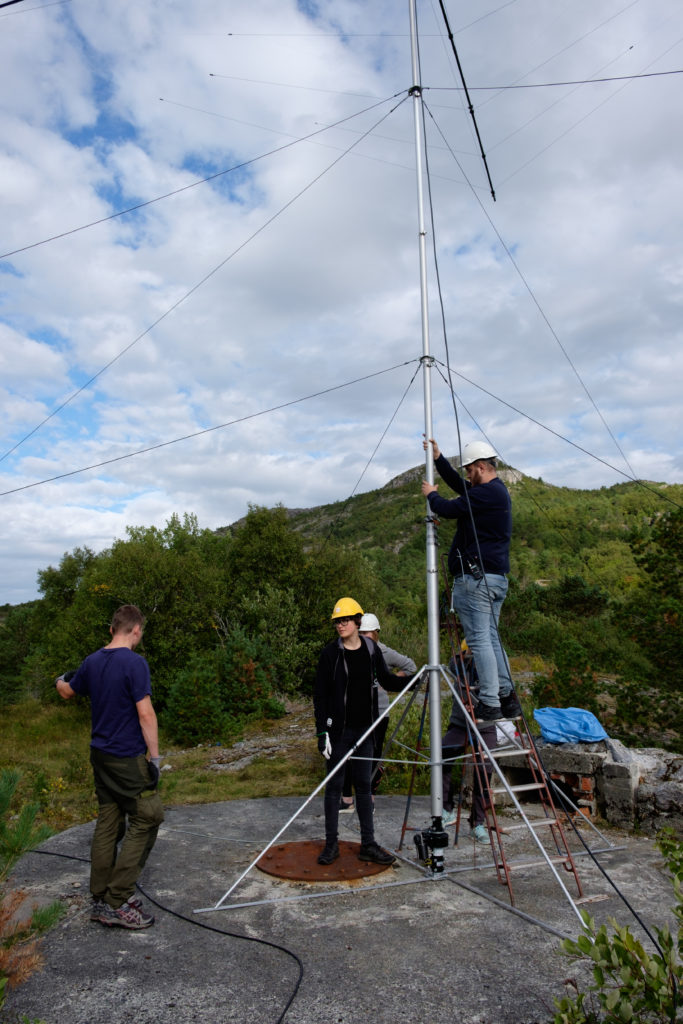
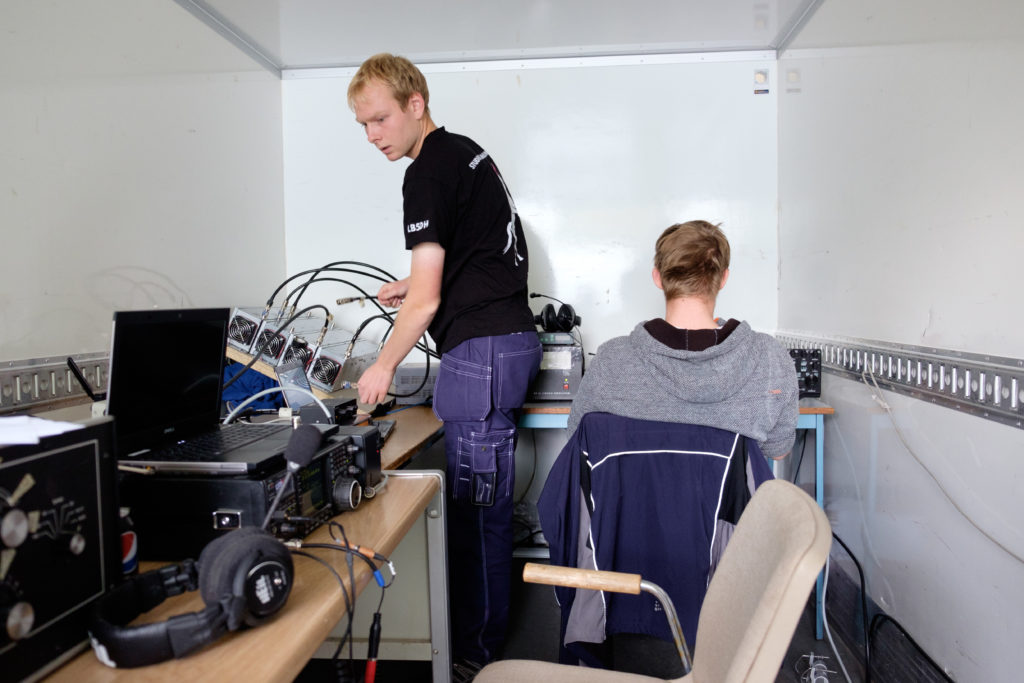
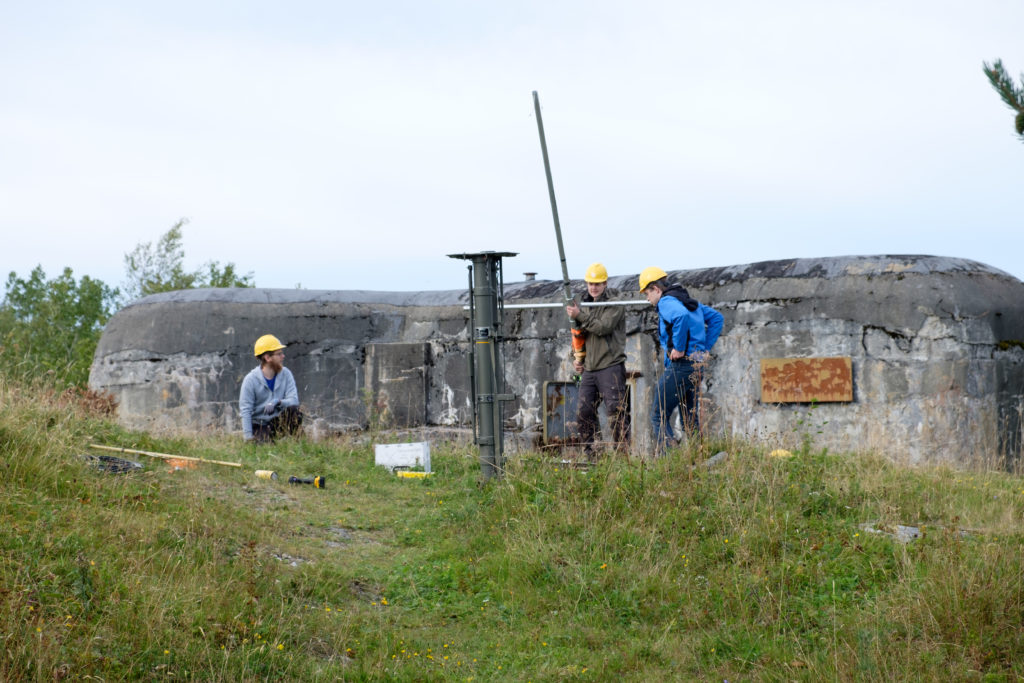
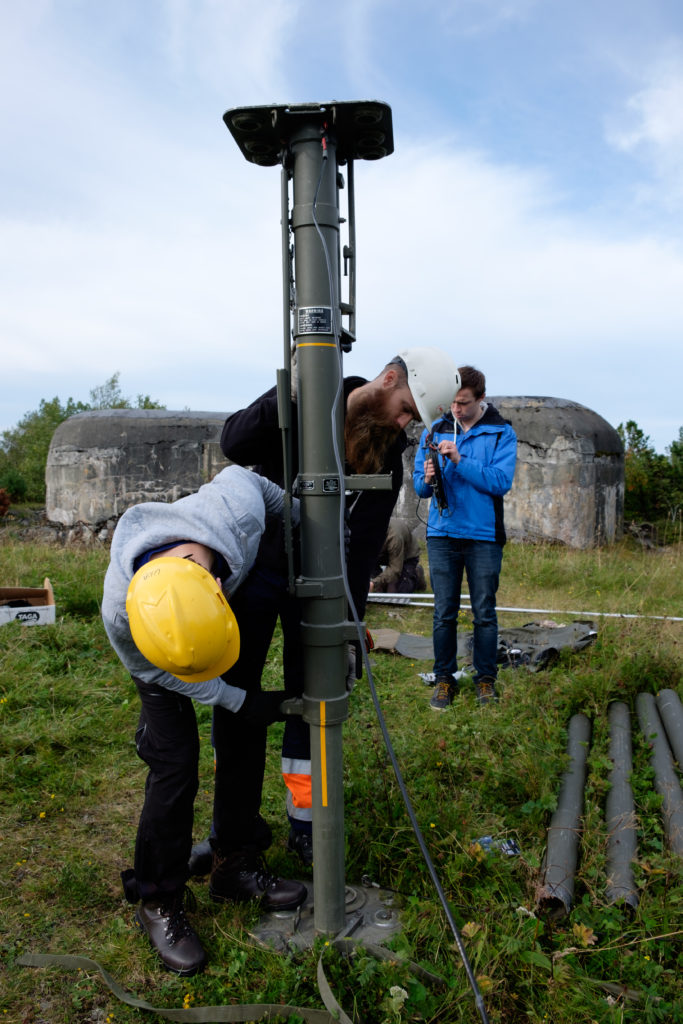
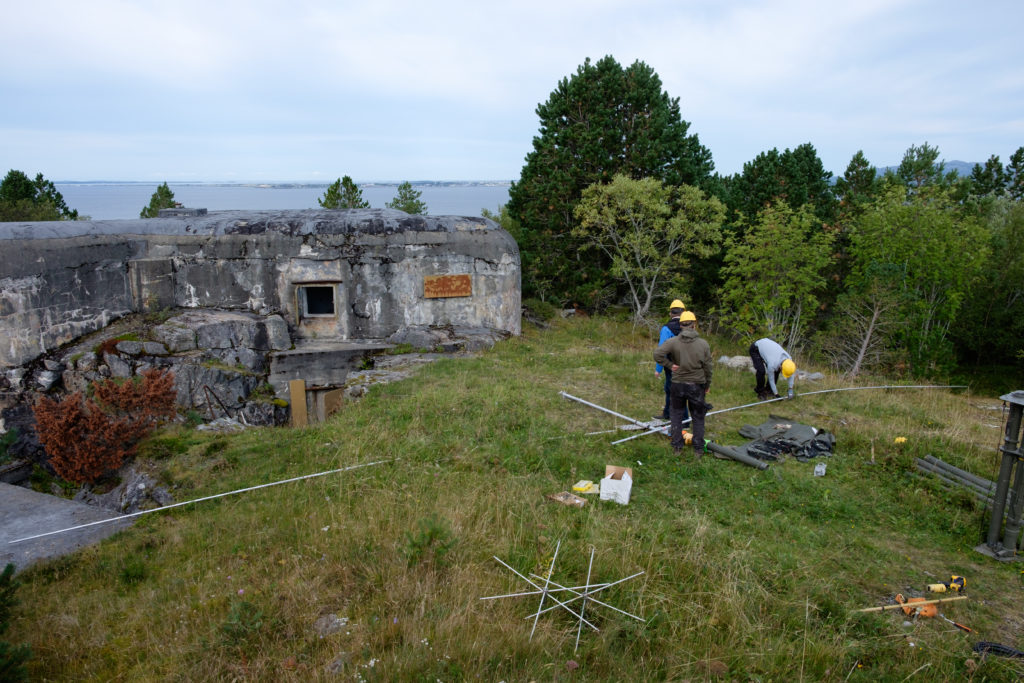
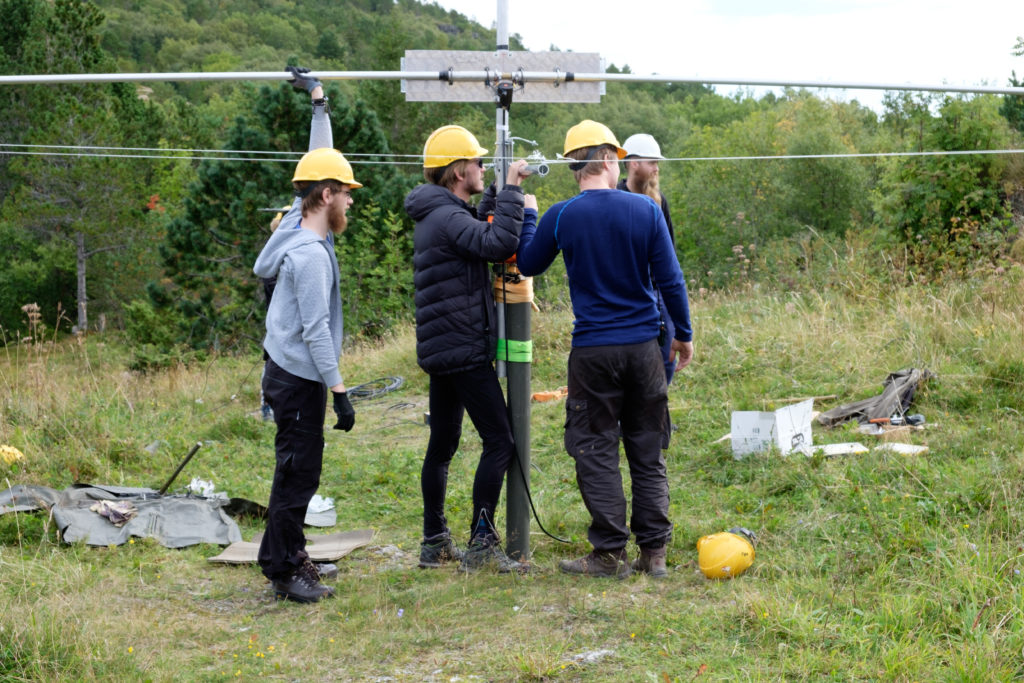
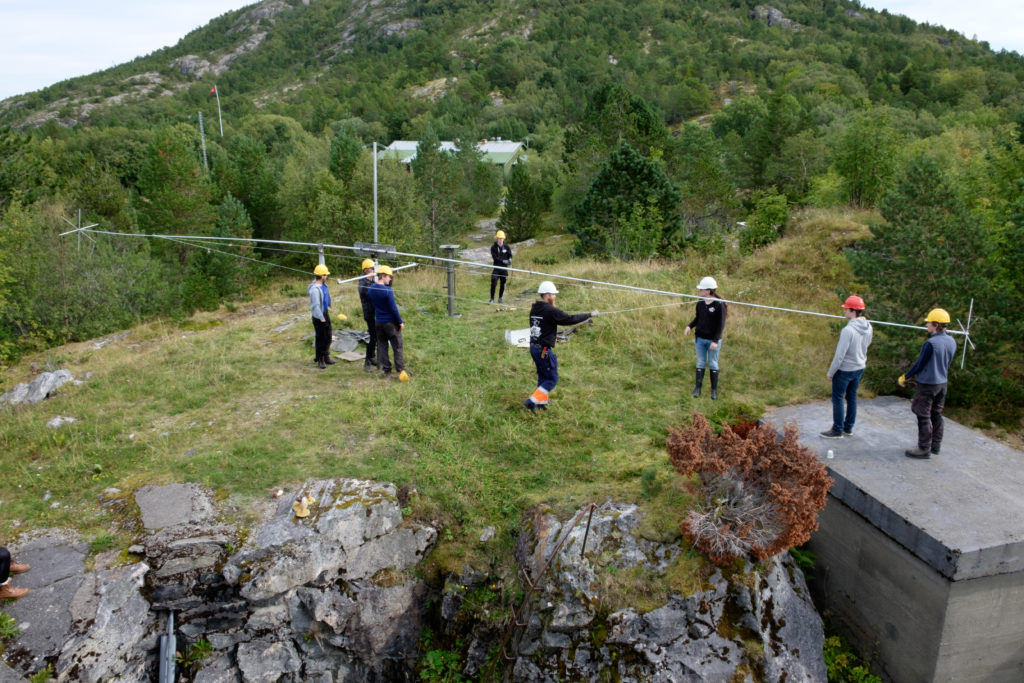
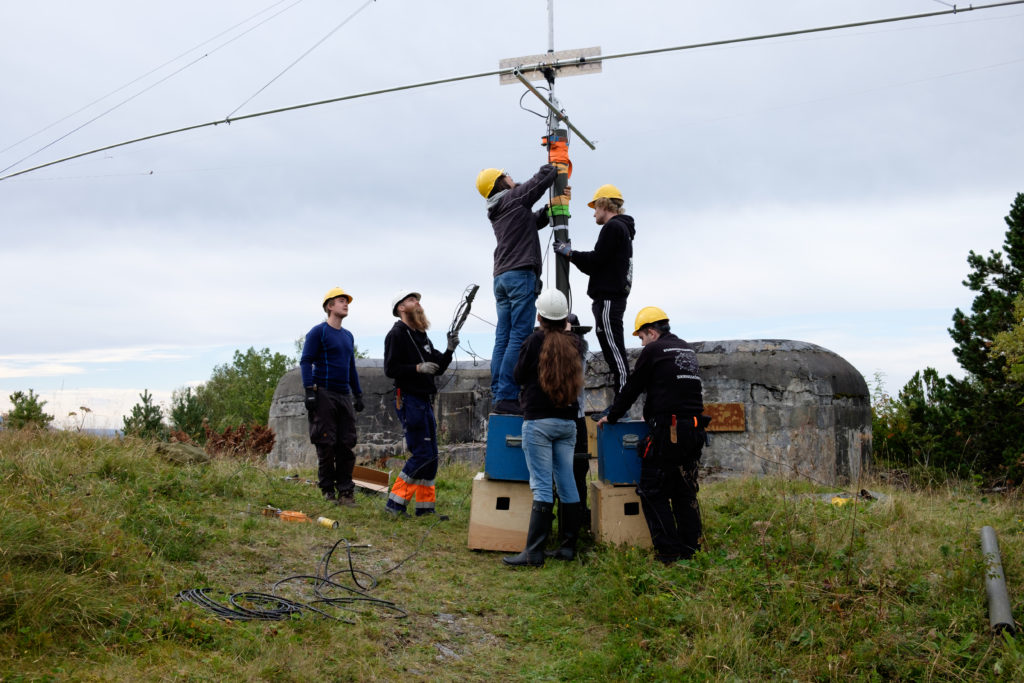
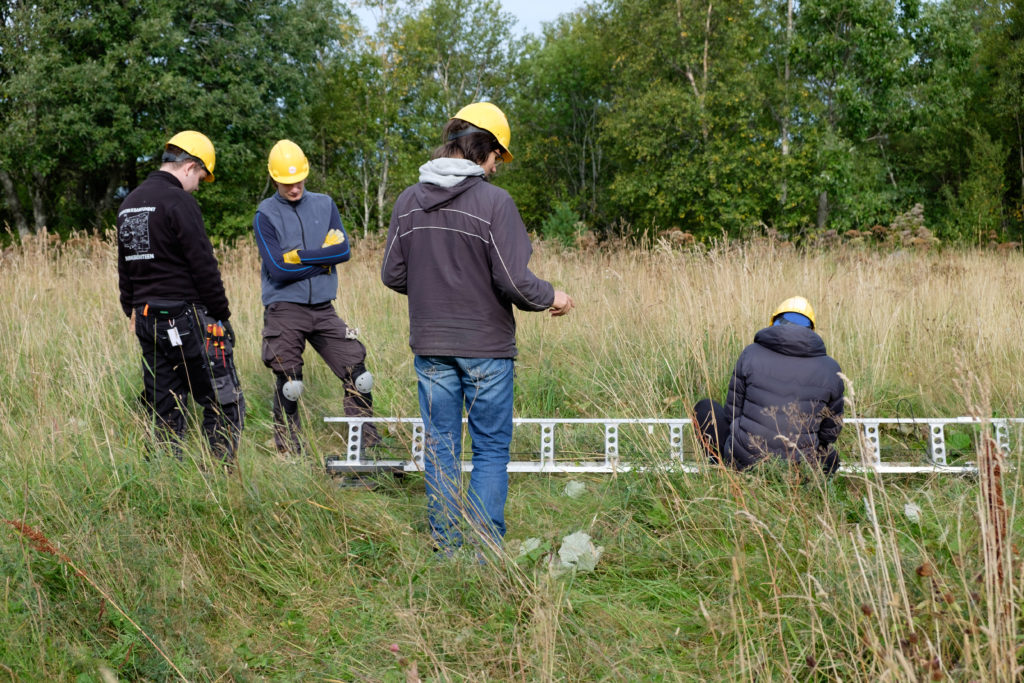
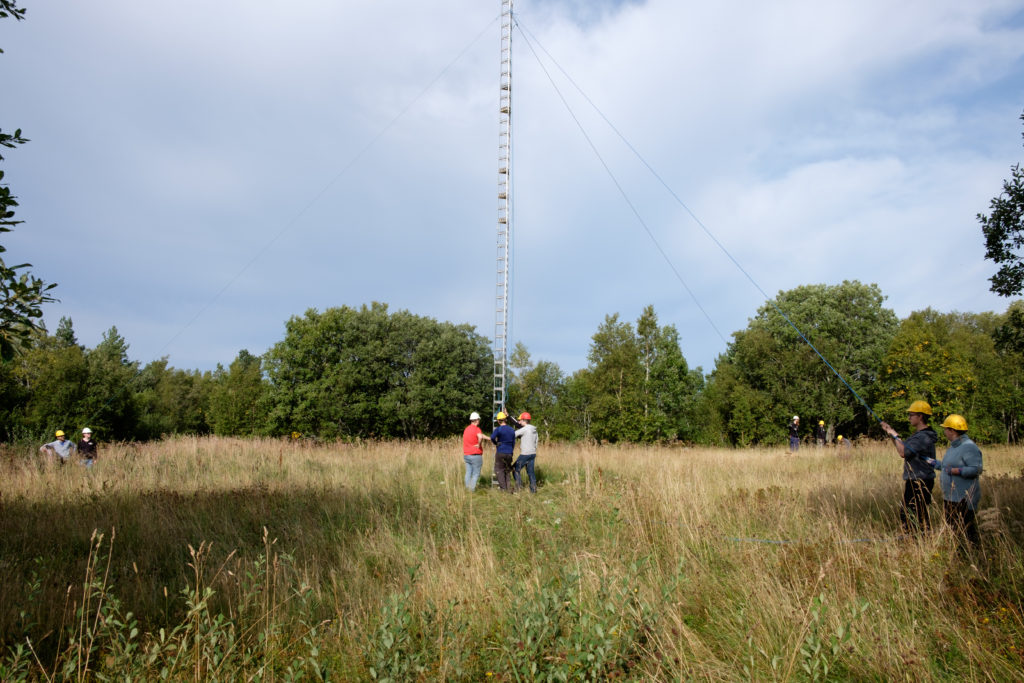
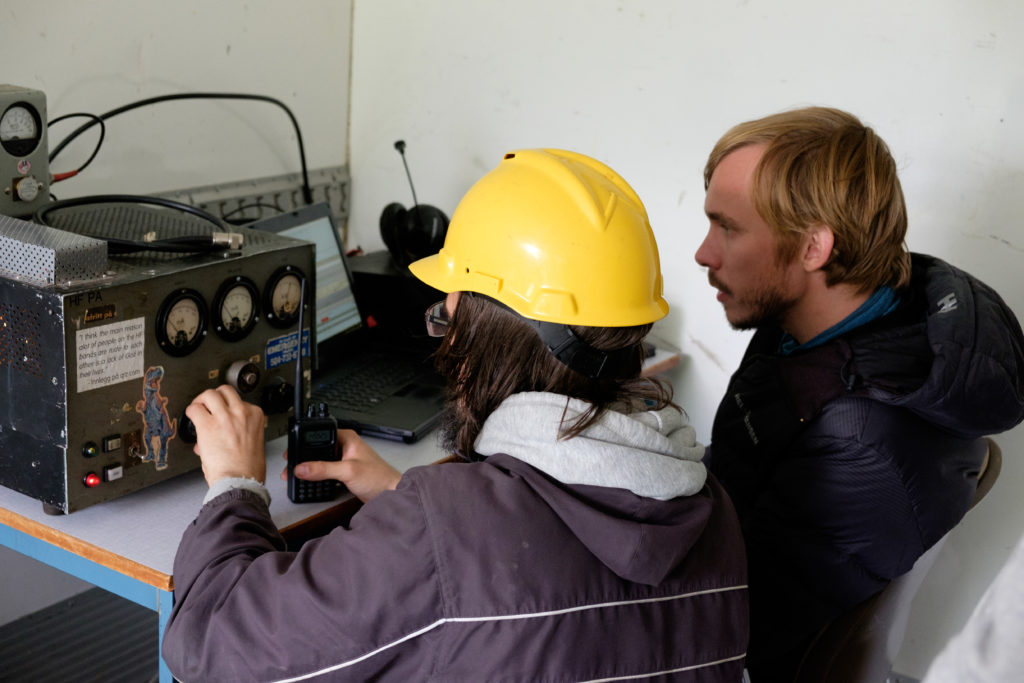
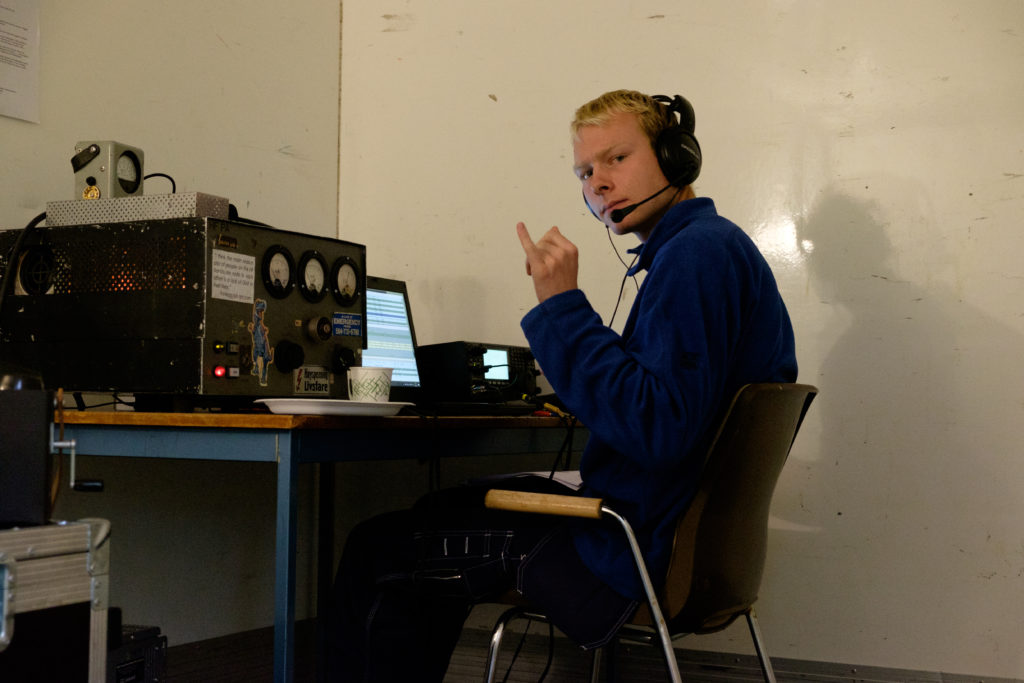
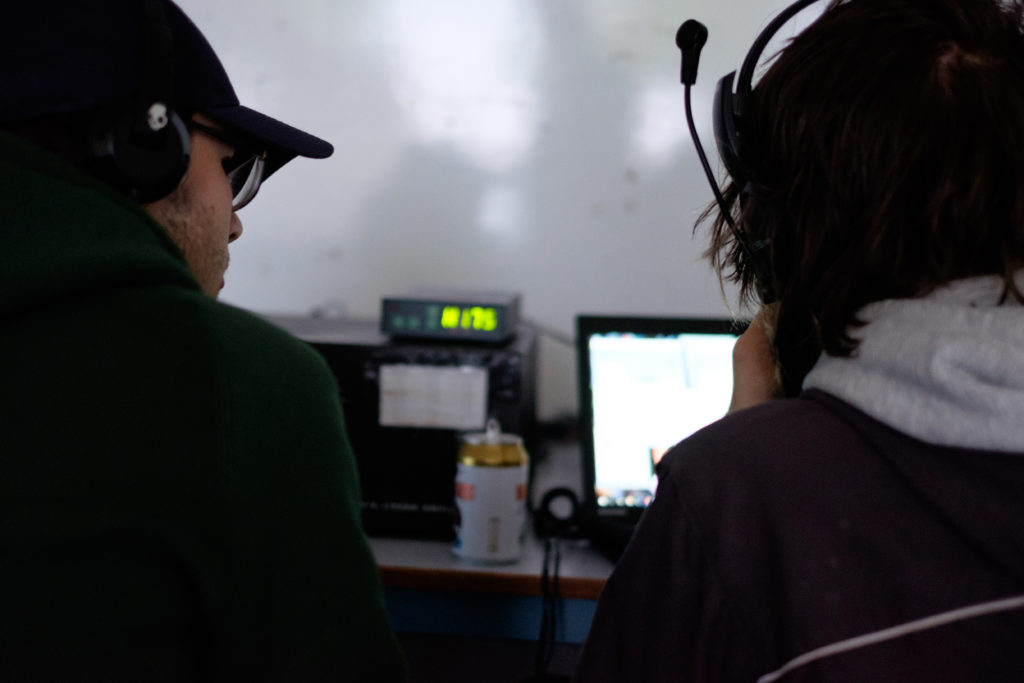
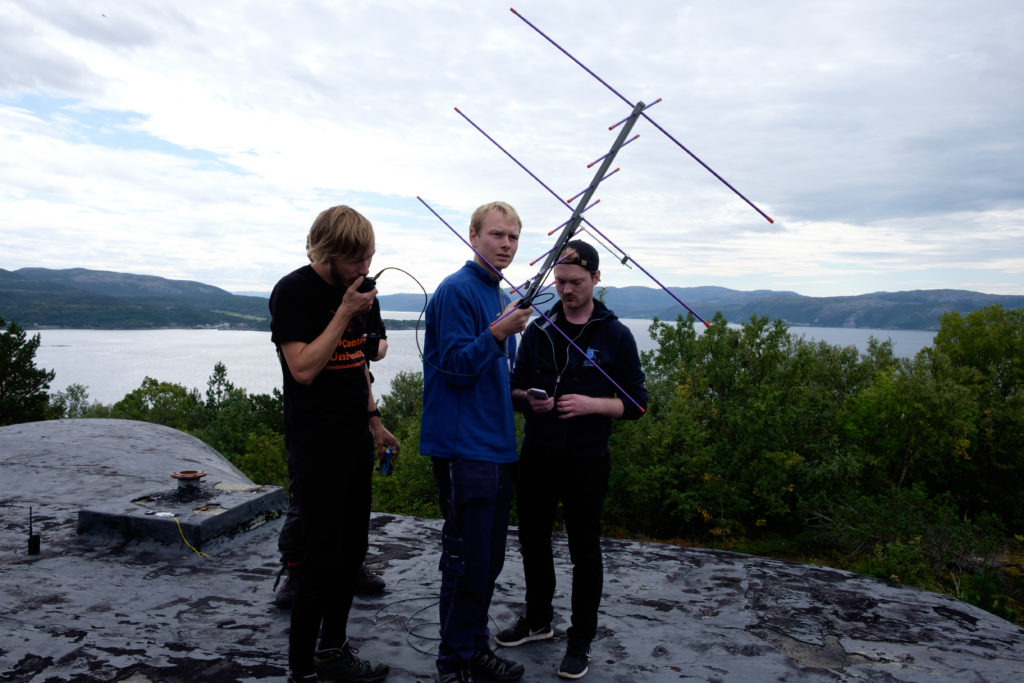
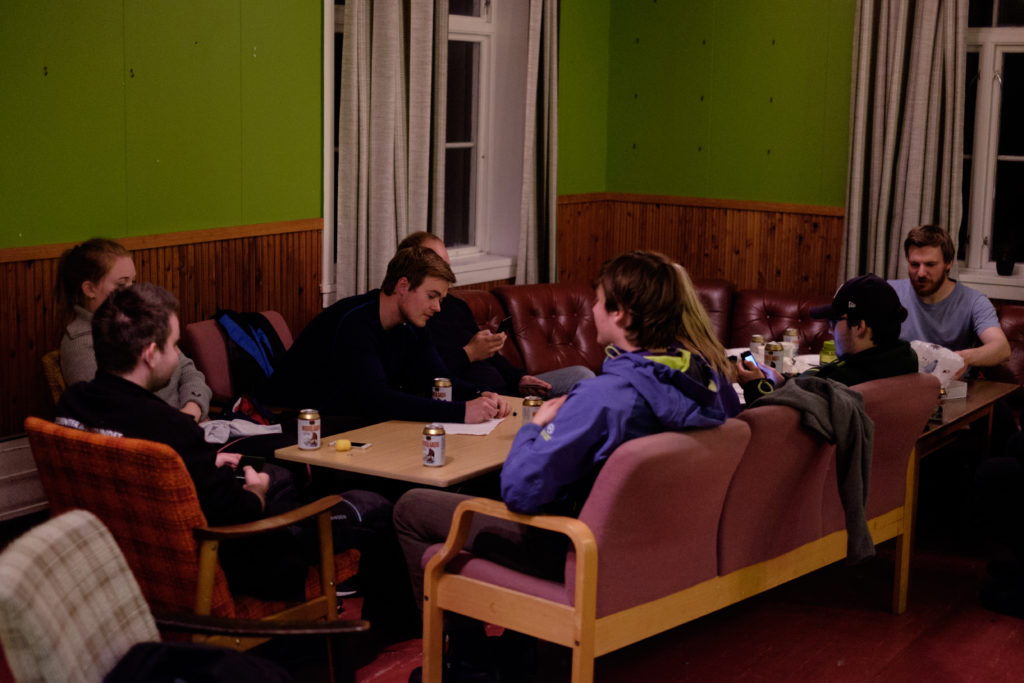
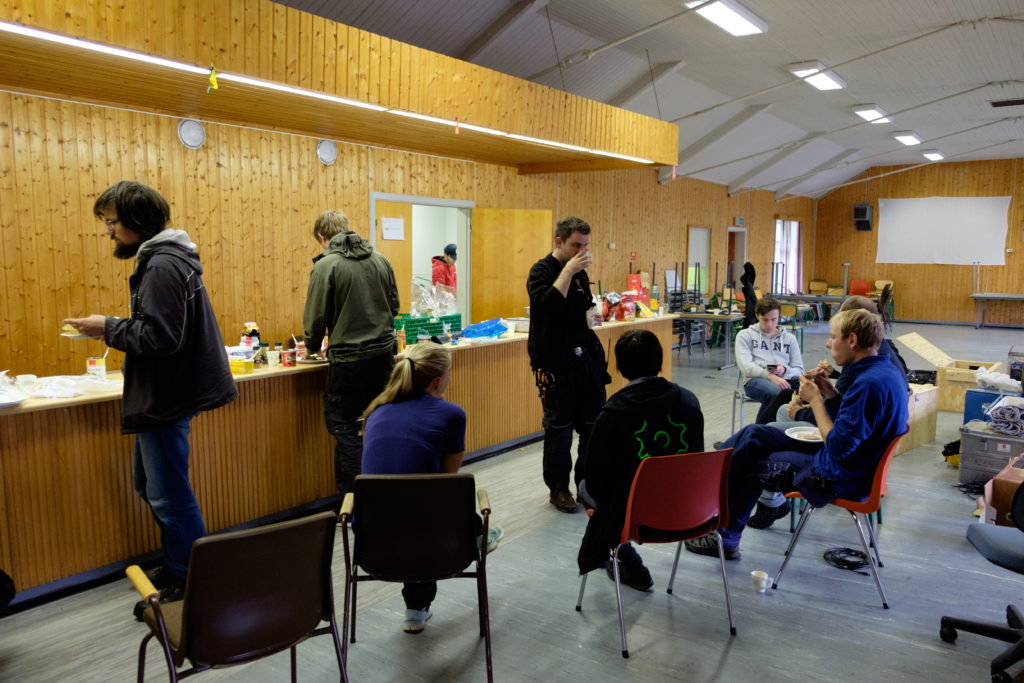
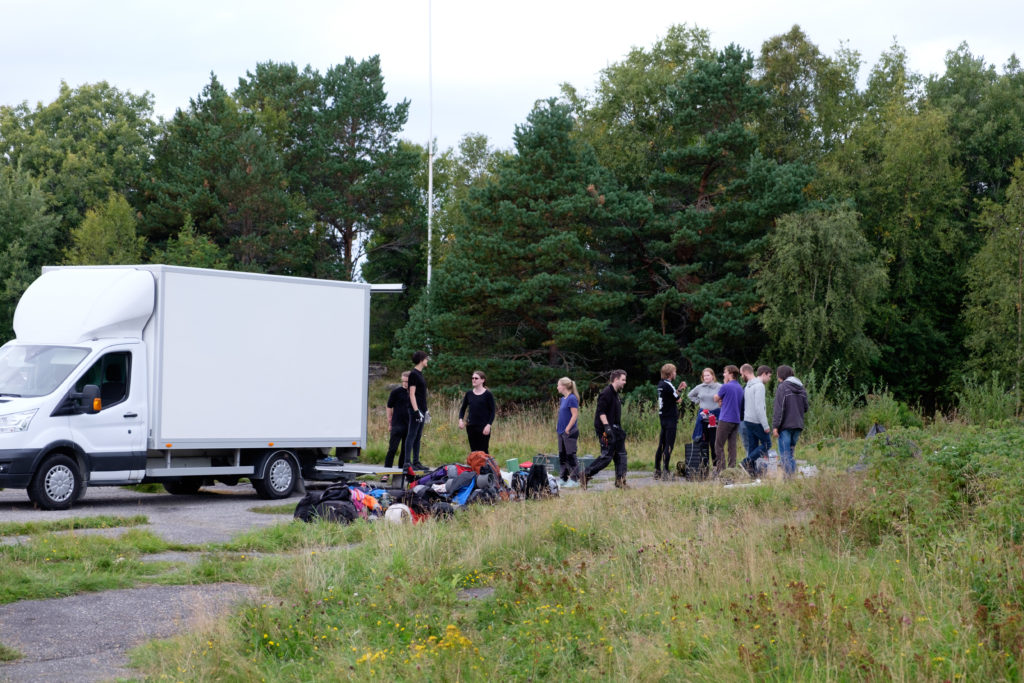
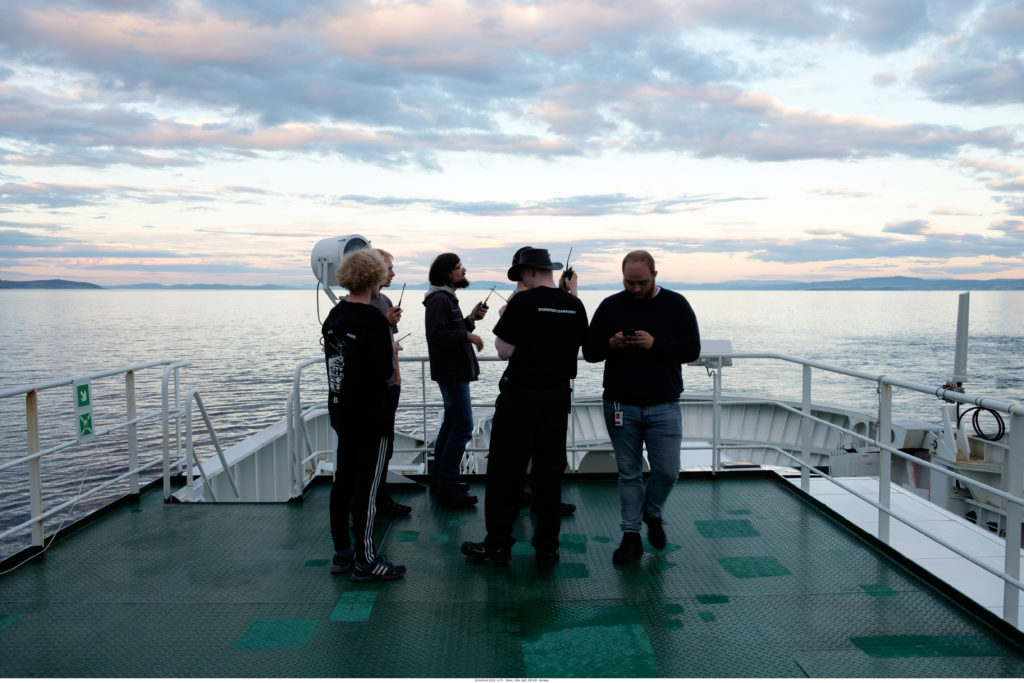
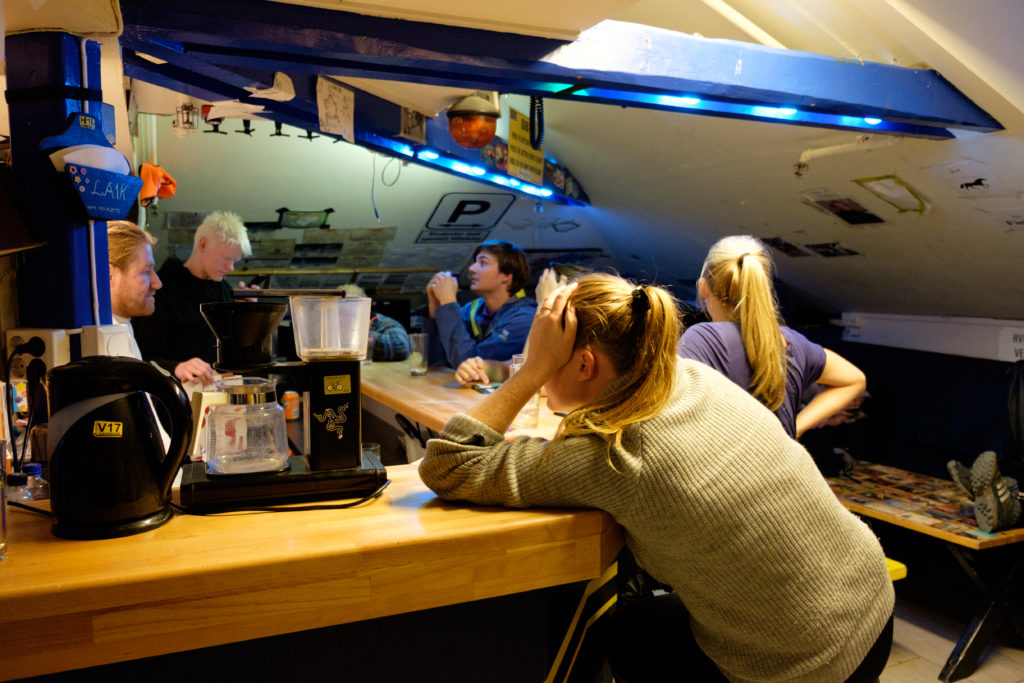
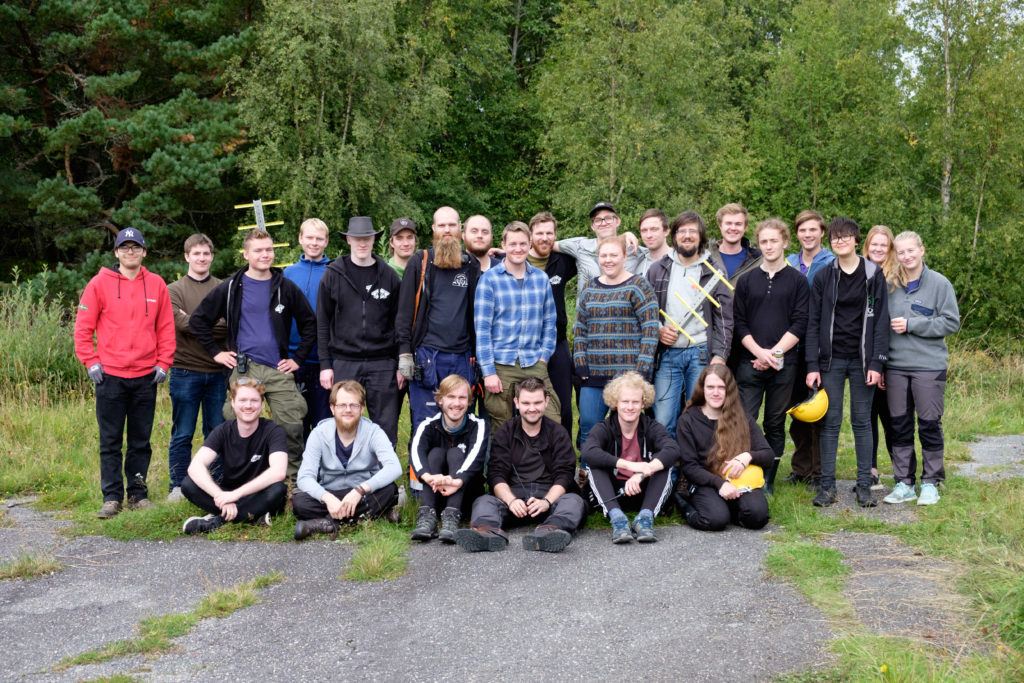

0 Comments
2 Pingbacks